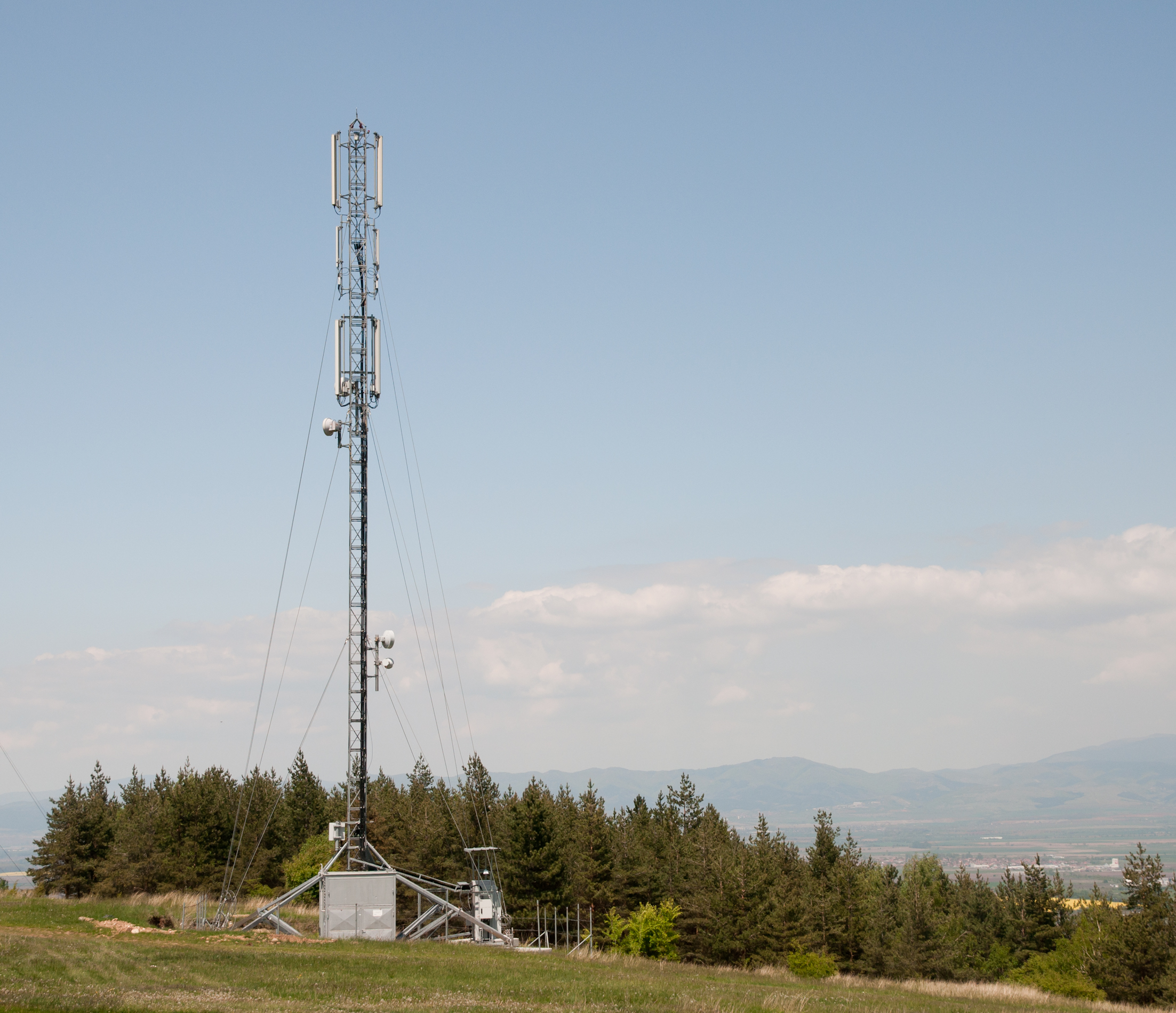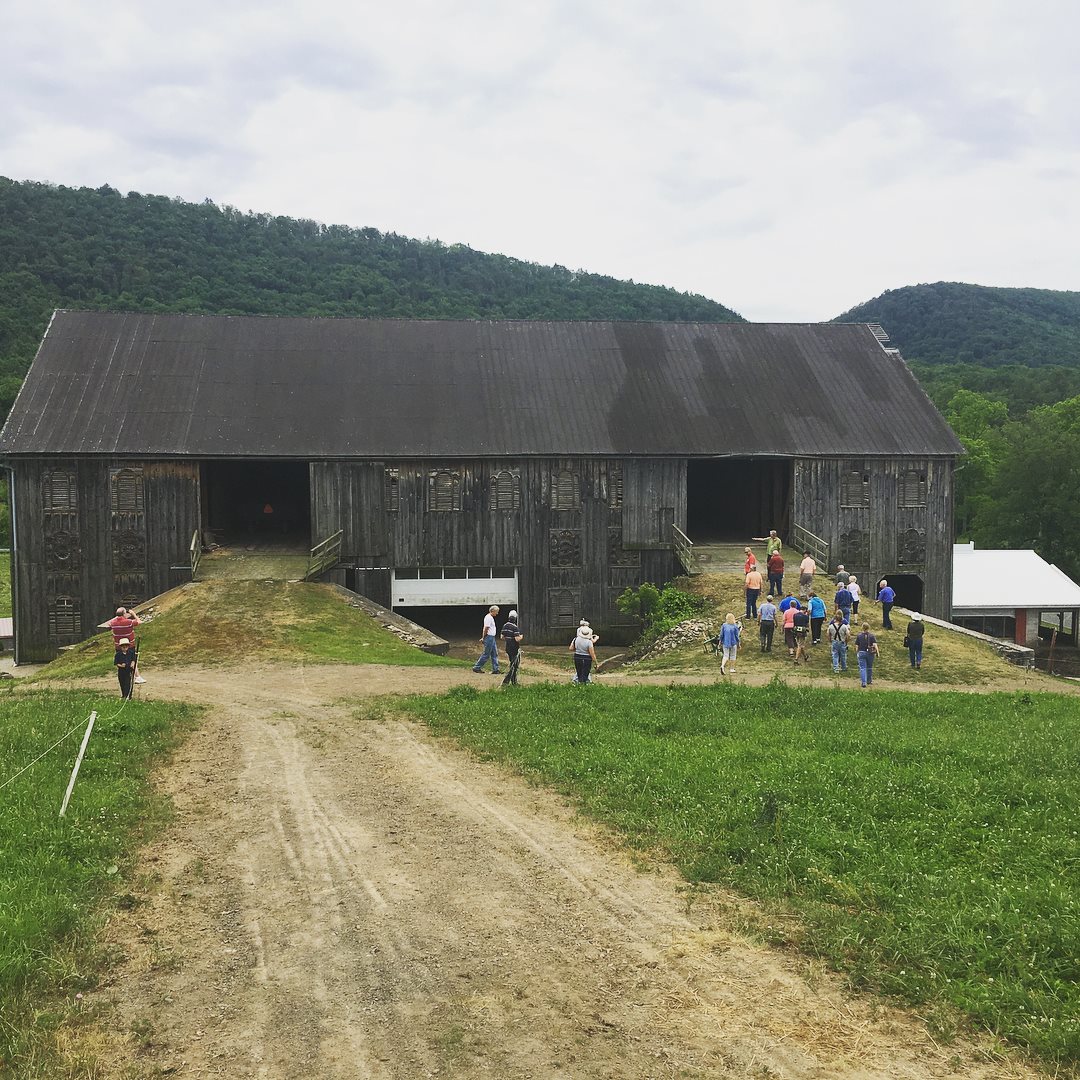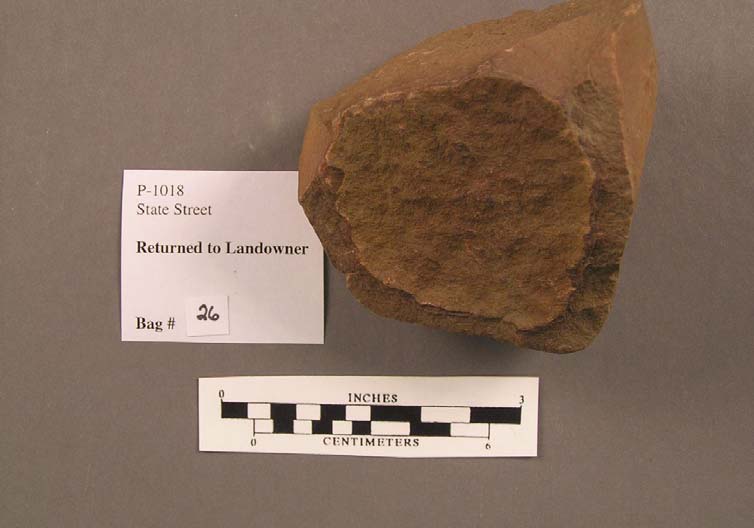This week I’m counting down to the 10 most popular blog post written in 2018! Its been awhile since we’ve done this kind of “year in review” for you loyal readers, so I thought it might be fun and give you the opportunity to read a post you may have missed. Continue reading
Category: CRGIS (Page 4 of 8)

We had a new release in CRGIS this week. Most of the changes were things that will just make it move more smoothly for you, but there are two things that we wanted to point out:
You can now see attachments to individual inventory items within districts.
In the past, all attachments were only visible on the main record for the district and it was impossible to tell which building they referenced. New attachments are now added at the inventory level. We have not (yet) gone back and moved older attachments, but those from our scanning efforts and all future ones will be linked at this level.
Attachment names must be unique!
Although our guidance asks you to name all attachments with a name that will be unique, we found that generic names are being used and files are being lost though overwriting. The system now checks for duplicate names and adds a (2) behind the name if it already exists in the file. Please do not change the attachment name in the table after you have uploaded it. The record in the database is a link to your file on the server. If you change the name, the link is broken. So… if you see that the system has added the (2), please do not change it. Following our naming protocols found in the Data Entry Manual will go a long way towards eliminating this issue and safeguarding your work.
There are always lots of “Things You Need to Know” in today’s world, and this week’s post features a few from our Environmental Review staff, Barbara Frederick and Doug McLearen.
Online Data Entry for Above Ground Resources
We’ve been talking about PA-SHARE for quite a while now, and we here at the PA SHPO have been changing how we operate to “model the work” to be ready when PA-SHARE is launched. How newly identified resources are submitted for review is one of those things we’ve been changing.
As we announced in early July, submissions including 10 or more newly identified resources are required to be electronically entered into CRGIS. Data entry has been well received! Thank you!
We would also like to encourage those submitters sending in projects with fewer than 10 newly identified resources to use online data entry as well.
As outlined in the updated Interim Guidelines for Above Ground Environmental Review, the process is generally the same and only varies slightly depending on the number of resources being submitted. There is some greater flexibility in the submission process:
- Submitters of less than 10 newly identified resources are to notify the appropriate above ground environmental reviewer when resources are ready for review and comment via email rather than by mail.
- Also, a table of the results of the identification effort is not required when there are fewer than 10 newly identified resources; providing the project’s Environmental Review (ER) number and the names and key numbers of resources whose data entry has been accepted by CRGIS staff as part of request to review and comment is sufficient.
Archaeology for new cell towers

Example of a cell phone tower.
It is the PA SHPO’s position that the majority of proposed new cell tower sites in Pennsylvania are commonly located in areas where significant archaeological resources are not likely to be present. Exceptions to this pattern are:
- when the Area of Potential Effect (APE) for direct effects is located on or adjacent to a previously recorded archaeological site, either pre-contact or historic; or
The APE is in a similar topographic setting as that of a previously recorded pre-contact archaeological site or otherwise associated with topographic and environmental factors that typically favor the locations of pre-contact sites; or
- when the APE has a high probability of containing historic archaeological resources based on a historical association such as buildings shown a historic map, presence of historic buildings on-site, or location in a historic district.
The FCC Nationwide Programmatic Agreement (NPA) requires that their applicants’ submission packets provide a justification for a finding that no archeological survey is necessary. If results of a thorough desktop review are provided to our office, they must contain clear, descriptive information as to why it is unlikely that archaeological resources are present. If a field visit/ survey is also undertaken—which is usually the case–the packet should then present the results.
When no archaeological resources are found in a survey, and/or the entire APE for direct effects is found to be disturbed:
- PA SHPO considers these surveys to constitute field checks rather than conventional Phase I archeological surveys. In these instances, the production of a full archaeology report will not be required. For convenience, however, the applicant should use the PA SHPO’s Negative Survey Form or, if more appropriate, the PA SHPO’s Record of Disturbance.
If a field survey does identify an archeological site within the APE for direct effects:
- PA SHPO expects the applicant’s consultant to prepare a full Phase I archeological report in complete accordance with the instructions in Guidelines for Archaeological Investigations in Pennsylvania (PA SHPO 2016). The PA SHPO will then review and comment on the finding and continue to consult with the applicant on National Register eligibility and effects.
The PA SHPO forms and documents named above can be found on the PHMC web site at: https://www.phmc.pa.gov/Preservation/About/Pages/Forms-Guidance.aspx.
We know it can be hard to keep track of all these changes, so please give us a call or send us an email with any questions!
Doug McLearen, Division Chief, can help with archaeology-related questions: dmclearen@pa.gov.
Barbara Frederick, Supervisor, can help with above-ground resources questions: bafrederic@pa.gov.

Intern Insights: CRM @ Ridley Creek State Park
A significant part of any good management plan is an understanding of the significance of identified resources. This summer we are looking at resources in Ridley Creek State Park in Delaware County. Continue reading
July 2nd is the day we start doing things a little bit differently here at the PA SHPO: online data entry and required project review forms!

Here is what we first announced in our April 4, 2018 blog:
Electronic, aka online, data entry is one of the ways in which we are changing how we do business in order to prepare for PA-SHARE, our new enterprise-wide, spatially enabled, cultural resource information system that is expected to be live by December 2019.
As part of our efforts to “model the work” in advance of PA-SHARE, effective July 2, 2018, submitters will be required to electronically enter resources into CRGIS for all Above Ground Environmental Review submissions that have the potential to affect ten (10) or more newly identified historic resources. A few things to note with this:
- Currently, submitters with large scale surveys (ten or more historic resources) as part of their projects are strongly encouraged to use the online data entry. After July 2, this will be required and paper forms and reports will not be accepted.
- Submitters sending in projects with fewer than ten (10) newly identified historic resources are strongly encouraged to use the CRGIS online data entry but will not be required to do so.
- This process cannot be used for additional information requests or previously identified resources.
Also, the Interim Guidelines for Above Ground Environmental Review are now published and available for you to use!
As we move toward PA-SHARE, these interim guidelines are intended to supplement Chapter 6. Compliance Investigations and Chapter 7. Report Standards of the Guidelines for Architectural Investigations in Pennsylvania, 2014. They should also be used in conjunction with any other relevant guidelines, including but not limited to Survey Guidelines for Pipeline Projects Above Ground Resources, June 2013 and Guidelines for Projects with Potential Visual Effects, September 2014.
The interim guidelines focus specifically on Project Initiation, Identification, and Evaluation efforts and associated reporting procedures, including a sample Identification report for review. In addition as part of these efforts, the Project Review Form has been updated so please replace those outdated versions!

We LOVE Barns!
The PA SHPO’s staff has been thinking a lot about barns. But then again, who doesn’t?! Continue reading

“Ketchup” with Pittsburgh’s H.J. Heinz
Did you know that Pittsburg’s H.J. Heinz was one progressive dude!? Continue reading
It may be the time of year when we all joke around and partake in fun pranks to celebrate April Fools Day, but we’re not joking when we say that your life is about to get easier. Why? Electronic submissions and online data entry! Continue reading

PASS: More than an Acronym or a Site Number
The Pennsylvania Archaeological Site Survey (PASS) is the Commonwealth’s inventory of recorded archaeological sites. Continue reading

What’s in a name like “Pennsylvania Archaeological Data Synthesis: The Beaver Creek Watershed?”
The Pennsylvania Archaeological Data Synthesis: The Beaver Creek Watershed B is a mouthful of words, to say the least.


Recent Comments